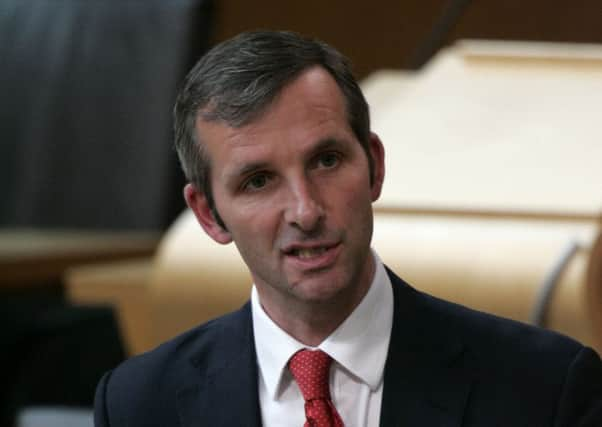SNP urged to explain ‘composite’ classes in schools


The figure has prompted fears that councils are resorting to the method to address the SNP government’s “lack of support” for primaries.
Figures obtained by the Liberal Democrats revealed that 103,431 primary pupils were in composite classes in 2014.
Advertisement
Hide AdAdvertisement
Hide AdTeam teaching is often used in rural schools due to smaller pupil rolls, but the figures also highlight its use in urban areas.
Liberal Democrat education spokesperson Liam McArthur said: “Composite classes and team teaching will always have a place in Scotland’s schools. In my constituency, Orkney, composite classrooms often help ensure the viability of rural schools which have smaller cohorts of pupils in the area.
“It is a teaching approach which can have benefits for pupils, but it is not an approach which should be taken out of necessity.
“These figures will raise questions over whether composite classrooms are being used to manage a shortage of capacity and staff.
“With over 100,000 primary school pupils in composite classes across Scotland, parents will want assurances that local authorities are not being forced to take such steps.
“Our figures showing that even in densely populated urban areas such as Glasgow, where 1,498 Primary 2 pupils are in composite classes, warrant explanation by the SNP government.”
A Scottish Government spokesperson said the percentage of children in composite classes is “broadly stable”.